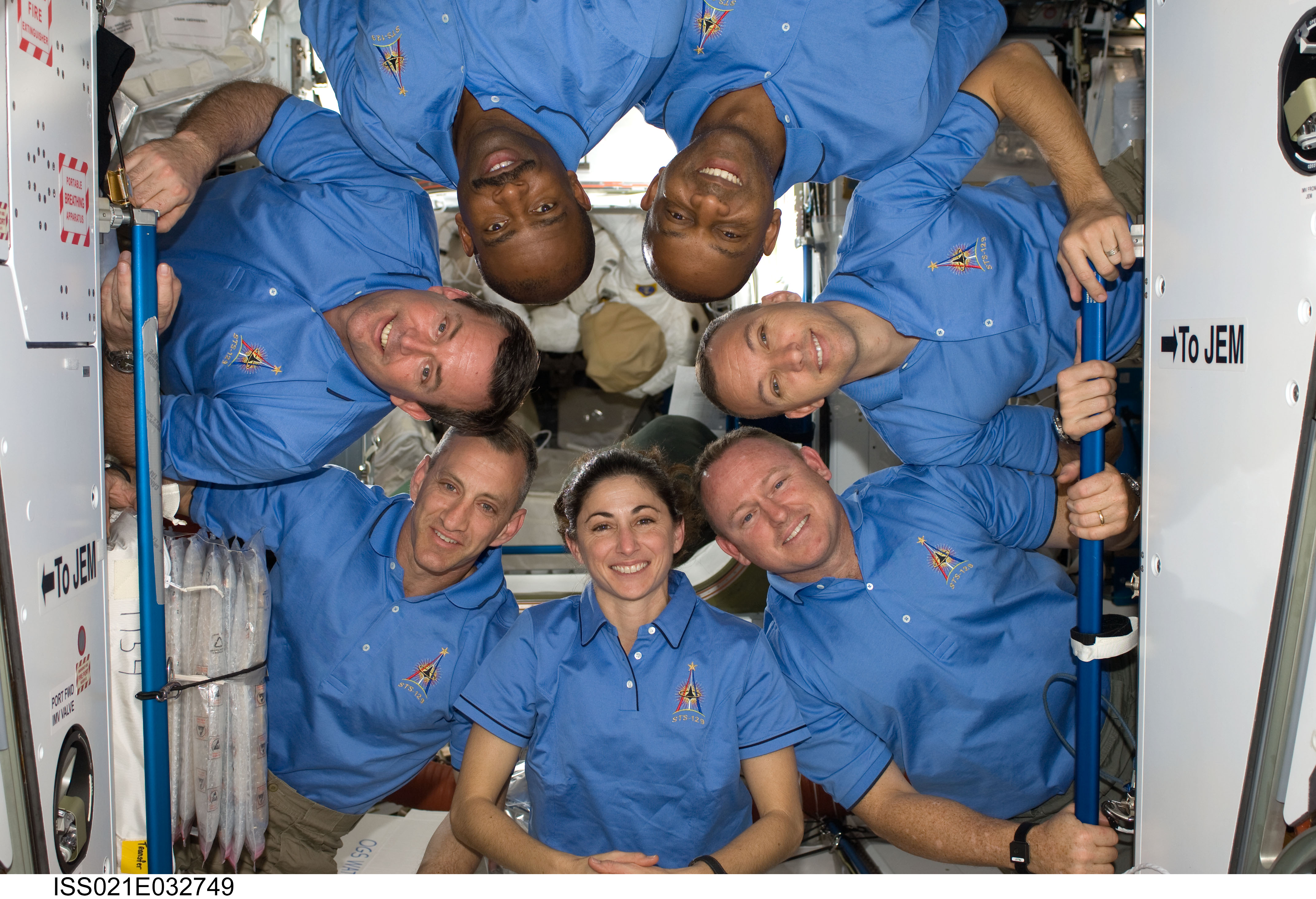STS-43
The Tracking and Data Relay Satellite-5 (TDRS-5) was attached to an inertial Upper Stage (IUS), and deployed about six hours into flight, the IUS propelled the satellite into geosynchronous orbit; TDRS-5 becomes the fourth member of the orbiting TDRS cluster.
orbiter
mission duration
Launch
Landing

STS-43 Mission Facts
Mission: TDRS-E; SSBUV-03; SHARE-II
Space Shuttle: Atlantis
Launch Pad: 39A
Launch Weight: 259,374 pounds
Launched: August 2, 1991, 11:01:59 a.m. EDT
Landing Site: Kennedy Space Center, Florida
Landing: August 11, 1991, 8:23:25 a.m. EDT
Landing Weight: 196,088 pounds
Runway: 15
Rollout Distance: 9,890 feet
Rollout Time: 59 seconds
Revolution: 142
Mission Duration: 8 days, 21 hours, 21 minutes, 25 seconds
Orbit Altitude: 174 nautical miles
Orbit Inclination: 28.45 degrees
Miles Traveled: 3.7 million
Crew
John E. Blaha, Commander
Michael E. Baker, Pilot
Shannon W. Lucid, Mission Specialist
James C. Adamson, Mission Specialist
G. David Low, Mission Specialist
Launch Highlights
The launch was originally set for July 23, but was moved to July 24 to allow time to replace a faulty integrated electronics assembly that controls orbiter/external tank separation. The mission was postponed again about five hours before liftoff on July 24 due to a faulty main engine controller on the number three main engine. The controller was replaced and retested; launch was reset for August 1. Liftoff set for 11:01 a.m. delayed due to cabin pressure vent valve reading and postponed at 12:28 p.m. due to unacceptable return-to-launch site weather conditions. Launch reset for August 2.
Mission Highlights
The primary payload, Tracking and Data Relay Satellite-5 (TDRS-5) was attached to an inertial Upper Stage (IUS), and deployed about six hours into flight, the IUS propelled the satellite into geosynchronous orbit; TDRS-5 becomes the fourth member of the orbiting TDRS cluster. Secondary payloads were Space Station Heat Pipe Advanced Radiator Element II (SHARE II); Shuttle Solar Backscatter Ultra-Violet (SSBUV) instrument; Tank Pressure Control Equipment (TPCE) and Optical Communications Through Windows (OCTW). Other experiments included Auroral Photography Experiment (APE-B) Protein Crystal Growth Ill (PCG Ill); Bioserve / Instrumentation Technology Associates Materials Dispersion Apparatus (BIMDA); Investigations Into Polymer Membrane Processing (IPMP); Space Acceleration Measurement System (SAMS); Solid Surface Combustion Experiment (SSCE); Ultraviolet Plume imager (UVPI); and the Air Force Maui Optical Site (AMOS) experiment.
STS-43
Shuttle News
Retired Space Shuttle Locations
Shuttle Atlantis – Kennedy Space Center Visitor Complex Shuttle Discovery – Steven F. Udvar-Hazy Center Shuttle Endeavour – California Science…
Read the Story




































